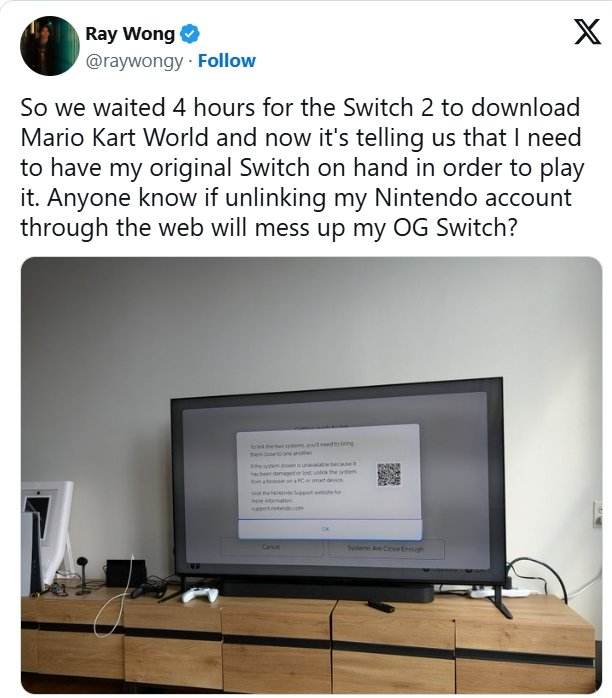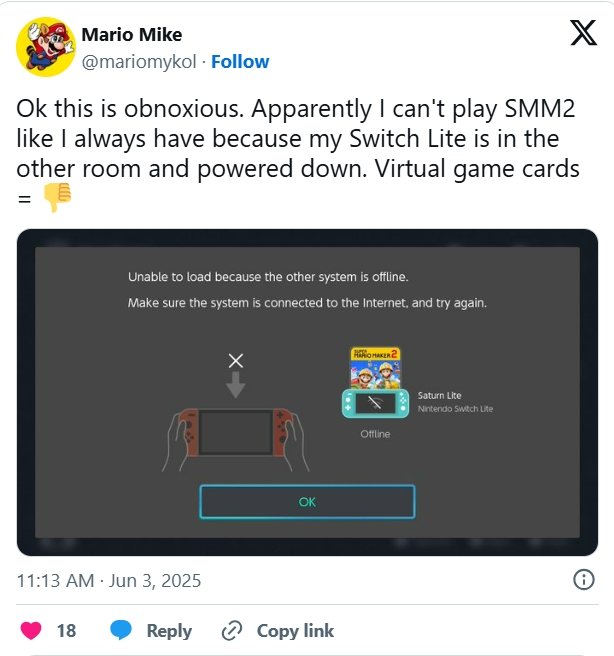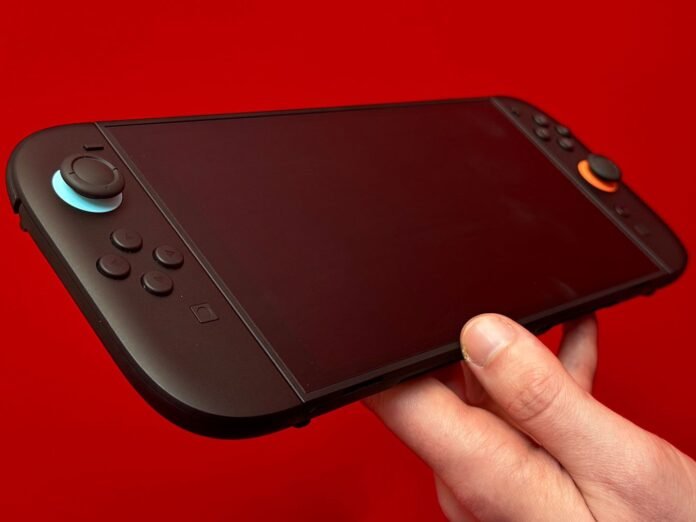
With the launch of the Nintendo Switch 2, Nintendo introduced a new feature called Virtual Game Cards — digital game cards that allow players to access their games by simply “inserting” a virtual card, much like using a physical cartridge. While the idea sounds convenient, real-world implementation has exposed a range of limitations that are leaving players confused and inconvenienced.
First, each account can only use a digital game on one device at a time. Game save data is also tied to a single console. If you move a game from the original Switch to the Switch 2, the data on the old device is erased — unless you remember to back it up to the cloud.
This means that if you’ve misplaced or no longer have access to your old Switch, you won’t be able to play your purchased games on the Switch 2 until you go through a rather cumbersome data transfer process. If your old console is broken, the only alternative is a web-based data migration tool, which isn’t exactly user-friendly for the average player.

Worse still, some users have lost their game progress entirely due to a few mistaken clicks. One notable case involved Gizmodo editor Raymond Wong, who accidentally overwrote his hundreds-of-hours save file in Mario Kart after the system uploaded a blank cloud save.
The Virtual Game Card system also complicates playing across two devices. If you want to continue a game from your Switch on the Switch 2 and then return, you must manually move the save data back and forth — a process that feels more like managing a USB stick than using a modern, cloud-synced platform.
Nintendo says its goal is to prevent users from sharing a single purchase across multiple devices simultaneously. However, this policy seems out of step with today’s digital ownership norms, where gamers expect to access their purchases from any device as long as they log into their account.

Sharing games with family members is also a hassle. The person borrowing the game must be part of your designated “family group,” and the sharing can only be done through local connection, with a two-week time limit.
While Virtual Game Cards are a promising concept, their current execution reflects an overly controlling approach from Nintendo — one that undermines the freedom and sense of ownership players expect when they pay for a game.

